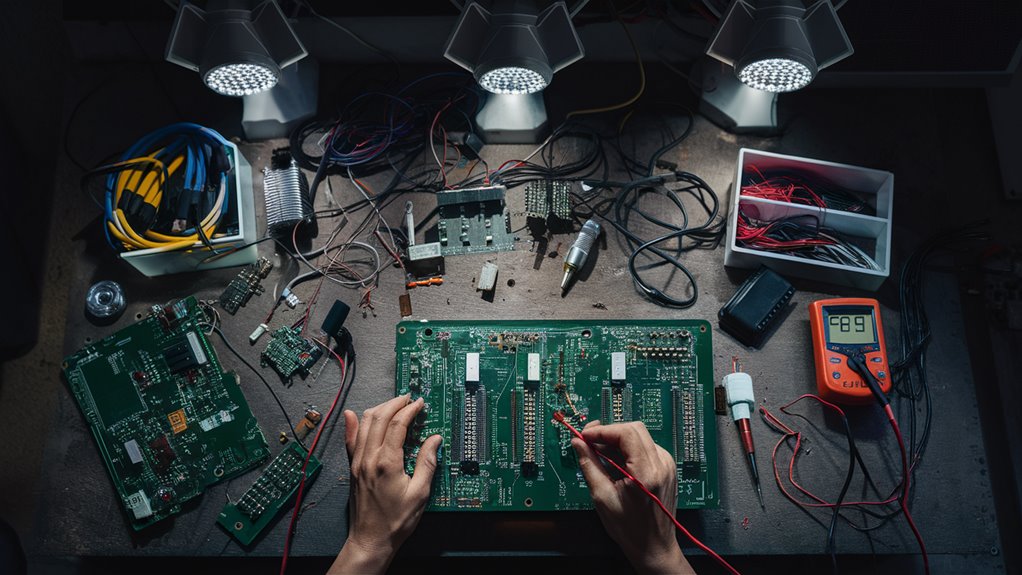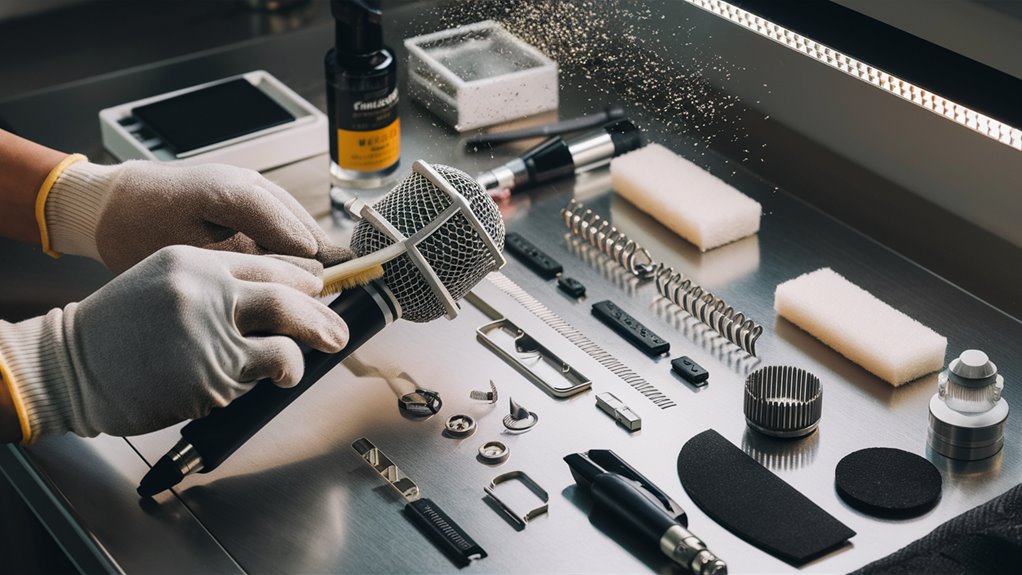
Easy Ways to Keep and Upgrade Your Karaoke Gear

Every top karaoke spot knows how to take good care and make changes to keep things running well. Professional karaoke systems need constant attention and care to provide the fun experience they promise their guests. 호치민 퍼블릭가라오케
Essential Care Steps
Looking After Sound Gear
Taking care of sound setups is vital for smooth karaoke sessions. Every day, you should adjust the sound settings, check the speakers, and monitor the sound quality to maintain consistency.
Proper Mic Handling
Maintaining mics comes with firm cleaning rules, regular sound checks, and frequent checks on the wireless signals. This avoids sound issues and keeps the vocals clear.
Care for Online Systems
Managing Song Collections
Keeping song lists updated involves always refreshing songs, verifying file integrity, and organizing music categories. Maintain your song lists regularly for easy song selection and playback.
Updating Software
Upgrade digital tools during slow periods to apply needed fixes, security updates, and new features seamlessly without disruption.
Improving Equipment
Inspecting Gear
Regularly check equipment performance to identify when parts need replacement or improvement. This includes checking amplifiers, display quality, and the responsiveness of controls.
Correct System Setup
Installing karaoke equipment requires seamless integration of new components while ensuring existing elements continue to perform well.
Best Practices for Mic Care and Cleaning
Top Mic Cleaning Tips
How to Clean Mics

Maintaining mics properly is essential for optimal sound and longevity. Clean them thoroughly to prevent degradation of sound quality and to extend their lifespan.
Grill and Component Cleaning
Cleaning the mic grill involves carefully dismantling it and washing with gentle soap and warm water. Ensure it’s completely dry before reassembling to avoid water damage. Wipe the mic body with a slightly damp cloth, ensuring no water enters the interior.
Cable Maintenance and Tests
Checking cables means looking for wear, tears, and exposed wires. Gently move the cable while using to detect any crackling, which could indicate a need for closer inspection. Keep new windscreens on hand and replace them as they age.
Proper Storage and Maintenance
Store professional mics upright in a cool place. Use cases for transport to prevent damage. Regularly check their sound quality – sudden changes or feedback may indicate internal issues requiring professional attention.
Sound Testing
- Perform sound tests
- Check connection points
- Examine components
- Seek professional help when necessary
Solving Sound System Issues Guide
How to Address Sound System Troubles
Initial Checks
Power connections and cable condition are starting points to diagnose audio problems. First, ensure all power sources are secure and assess each section’s volume in the mixer and speakers. If silent, check sound input locations and if the amplifier is operational.
Common Audio Issues and Solutions
Managing Distortion
Monitor audio indicators for clipping alerts and evaluate speaker capacities. If necessary, reduce the audio input and confirm that components are compatible. Audio problems often arise from poor setup or excessive amplifier use. Featherwired Bets: Linking Delicate Freedoms to High-Voltage Table Power
Eliminating Feedback
Address reverberating sounds by wisely placing mics and speakers. Apply equalizer adjustments to remove unwanted noise. Maintain an adequate distance between sound sources and listening devices.



